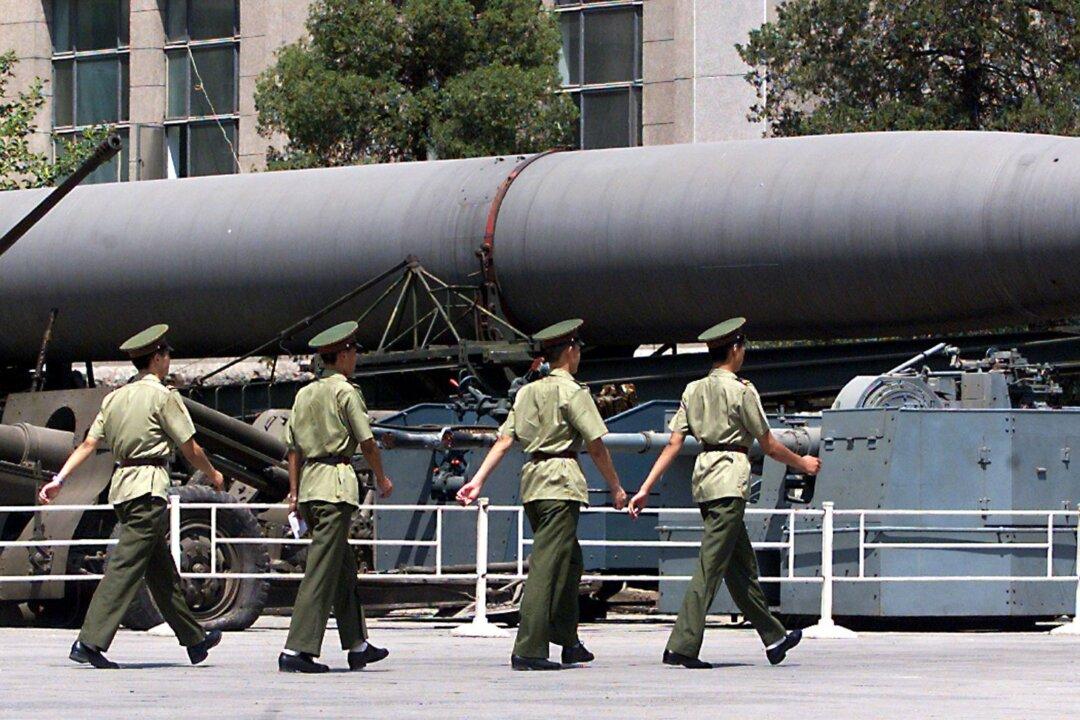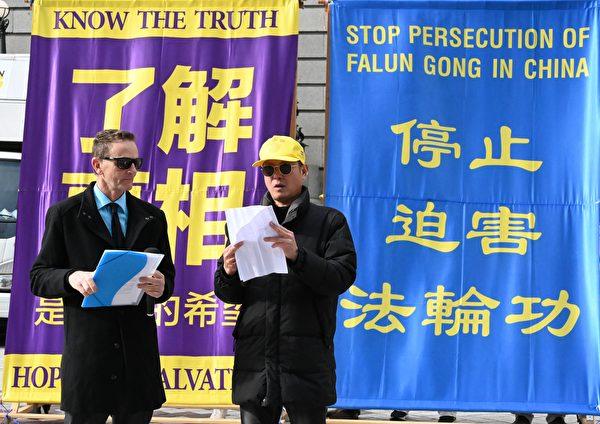A 12-page research report examined the threat posed by the Chinese Communist Party’s (CCP) NeuroStrike program against the United States and its allies in the Indo-Pacific and outlined a strategy to counter it.
Sean Lin, a microbiologist and former laboratory director at the Walter Reed Army Institute of Research and a survivor of the Tiananmen Square massacre, coauthored the report titled, “Enumerating, Targeting, and Collapsing the Chinese Communist Party’s NeuroStrike Program,” and he told the Chinese language edition of The Epoch Times that the “People’s Liberation Army (PLA) have established themselves as world leaders in the development of NeuroStrike weapons.”




